The Selsey Pavilion
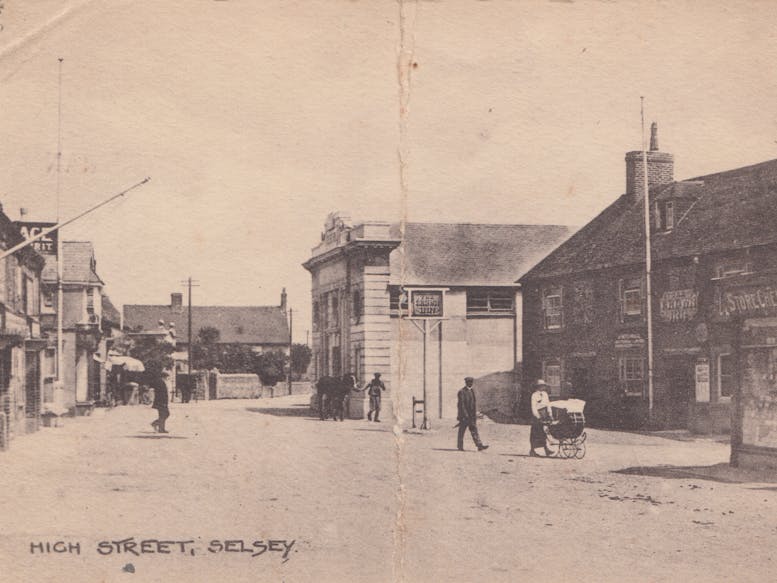
The Selsey Pavilion, also known as Selsey Hall, Selsey Cinema, and for a very short time Selsey Hippodrome, was built in 1913 on the site of the former Barn Croft Cottage located next to the Crown Inn on Selsey High Street.
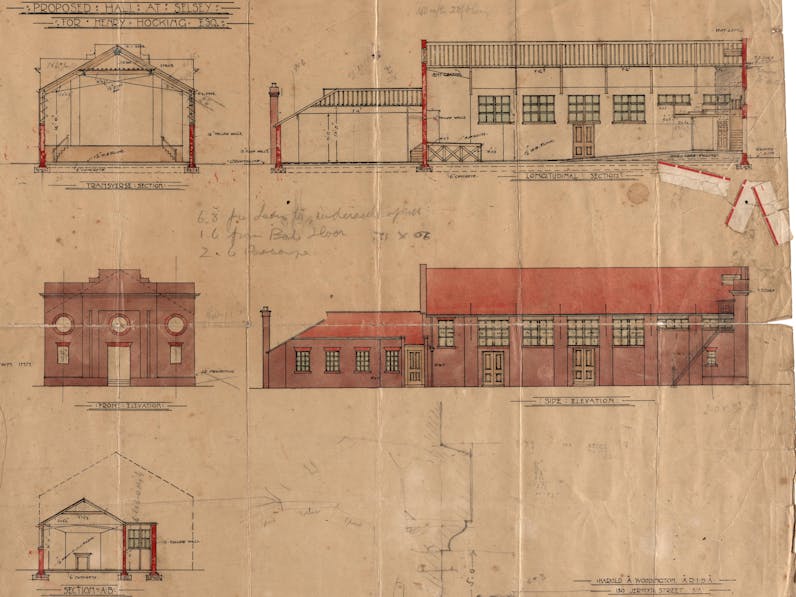
Designed by the London architect Harold Arthur Woodington, the frontage of the building remains much as it was in 1913, with its striking stucco plaster façade. The Pavilion is a rare and original theatre, cinema, and live entertainment venue – one of a tiny handful remaining of the pre-Great War ciné-performance building boom.

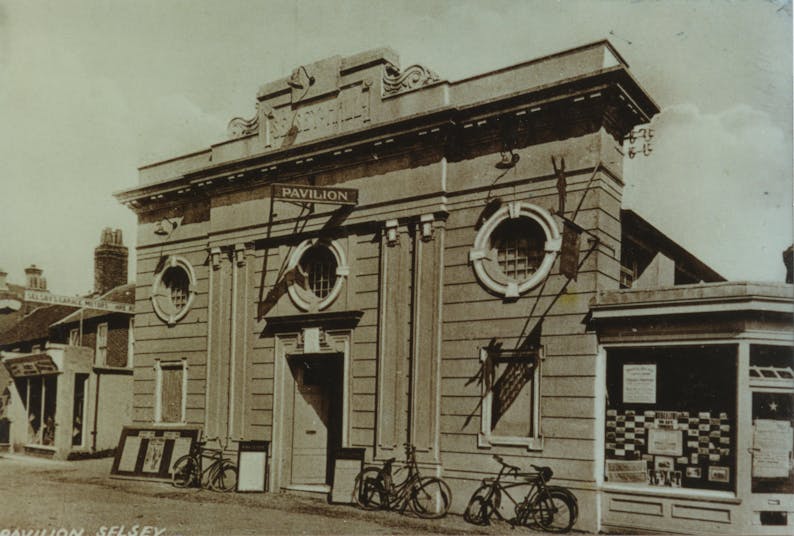
From the very beginning, the Pavilion was a multifunctional community building. Alongside silent films, the early years witnessed concerts, dinners and a recruiting centre for the First World War, among a busy variety of events.
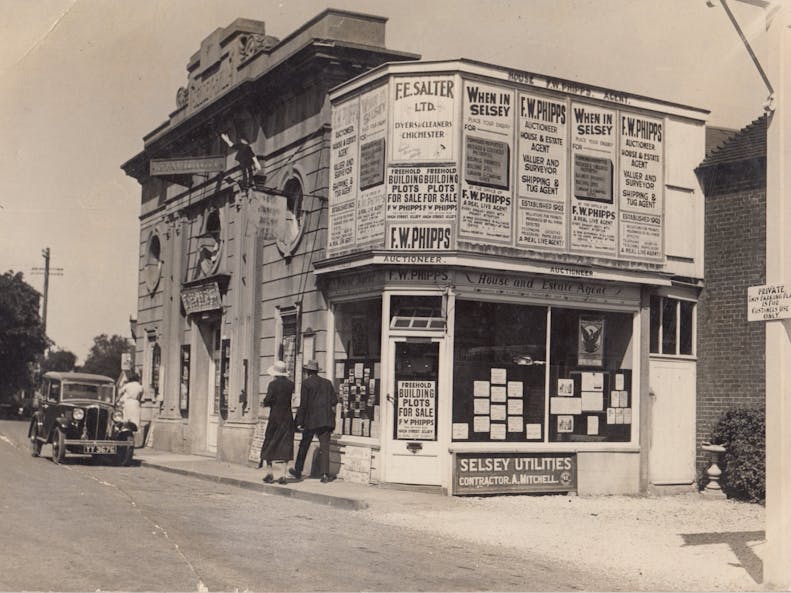
The 1920s – the golden age of touring concert parties – saw many visit the Pavilion. The renowned Nelson Keys trod the Pavilion boards, and the Russian ballerina Nijinska performed for one night only with her troupe in 1925.

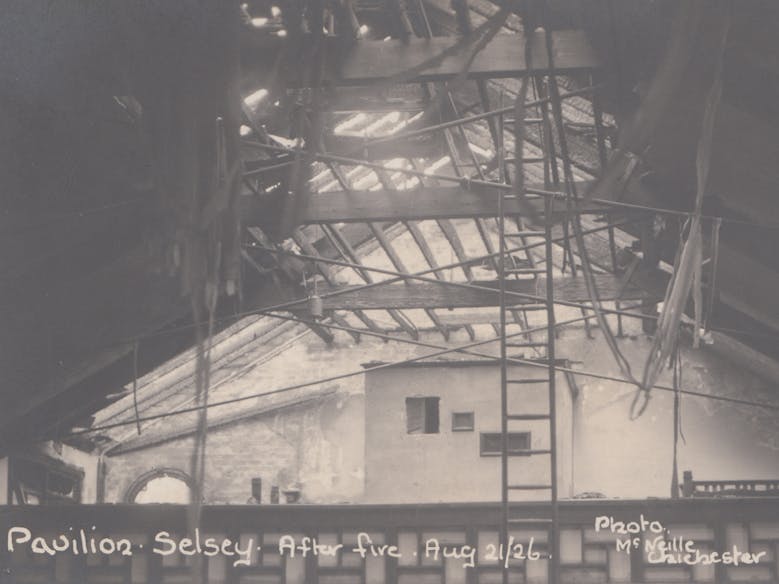
Fire ravaged the building in the summer of 1926, but the Pavilion quickly reopened and continued to be a focal point for the community. Flower shows, political meetings, inquests, whist drives and dances often featured alongside popular films and live shows.
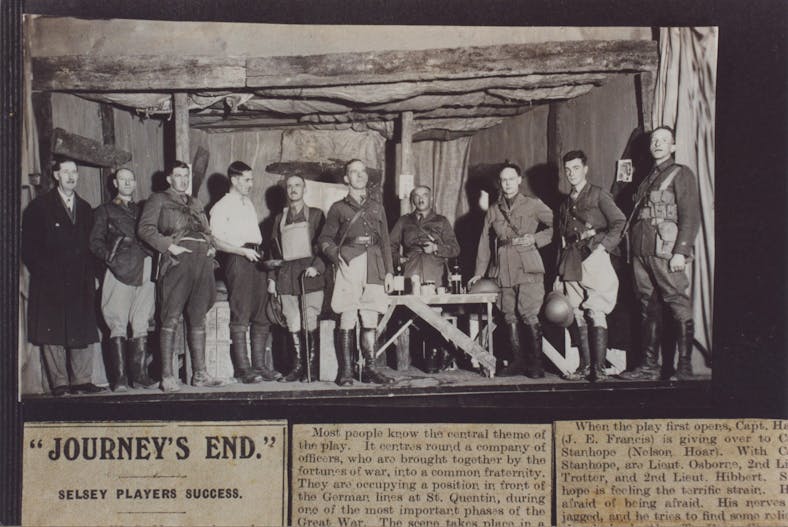
The 1930s witnessed several stagings of Journey's End written by R.C. Sherriff, who had a holiday home in Selsey. He attended a rehearsal and advised the cast before departing for Hollywood. "The Selsey Follies" concert party led by Dan Denton began a run of ten summer seasons at the Pavilion, including a concert for Mosley's Blackshirts camping on a site near Medmerry Windmill. The Pavilion was a year-round entertainment centre for residents and visitors alike.

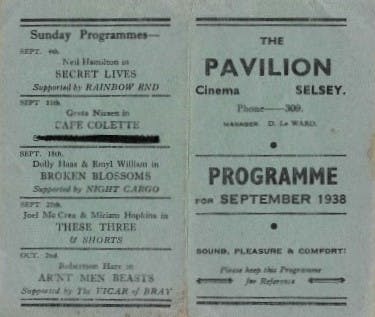
Selsey Pavilion Programme for September 1938, reproduced produced courtesy of Pamela Howard OBE
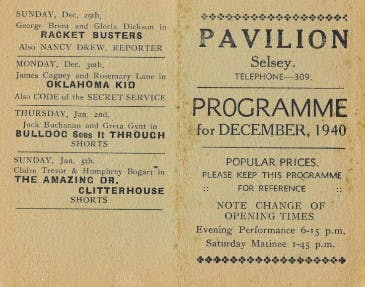
Selsey Pavilion Programme for December 1940, reproduced produced courtesy of Pamela Howard OBE
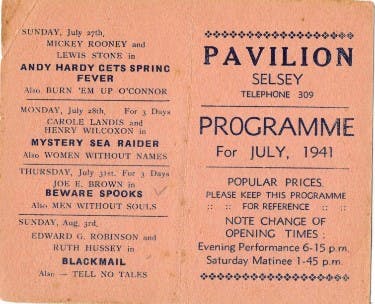
Selsey Pavilion Programme for July 1941, reproduced courtesy of Pamela Howard OBE

By 1941, the Pavilion had become a full-time cinema with Saturday Cinema shows for children, such as the "Roy Rogers' Riders' Club," in the 1950s, which many of Selsey's older residents still fondly remember. Pantomimes, staged by SCAMPS in the 1950s and early 1960s, played to packed houses every Christmas through to the early sixties.
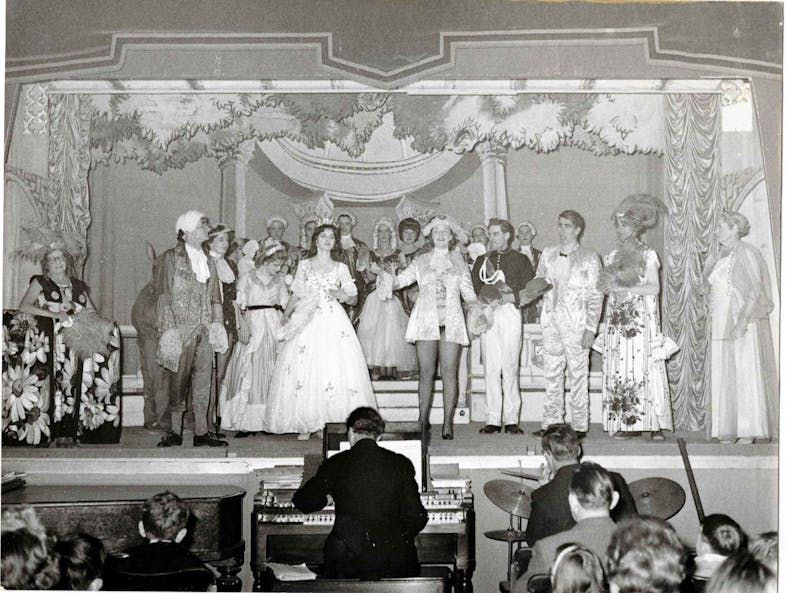
S.C.A.M.P.S Performance of Cinderella, December 1952, produced courtesy of Pamela Howard OBE
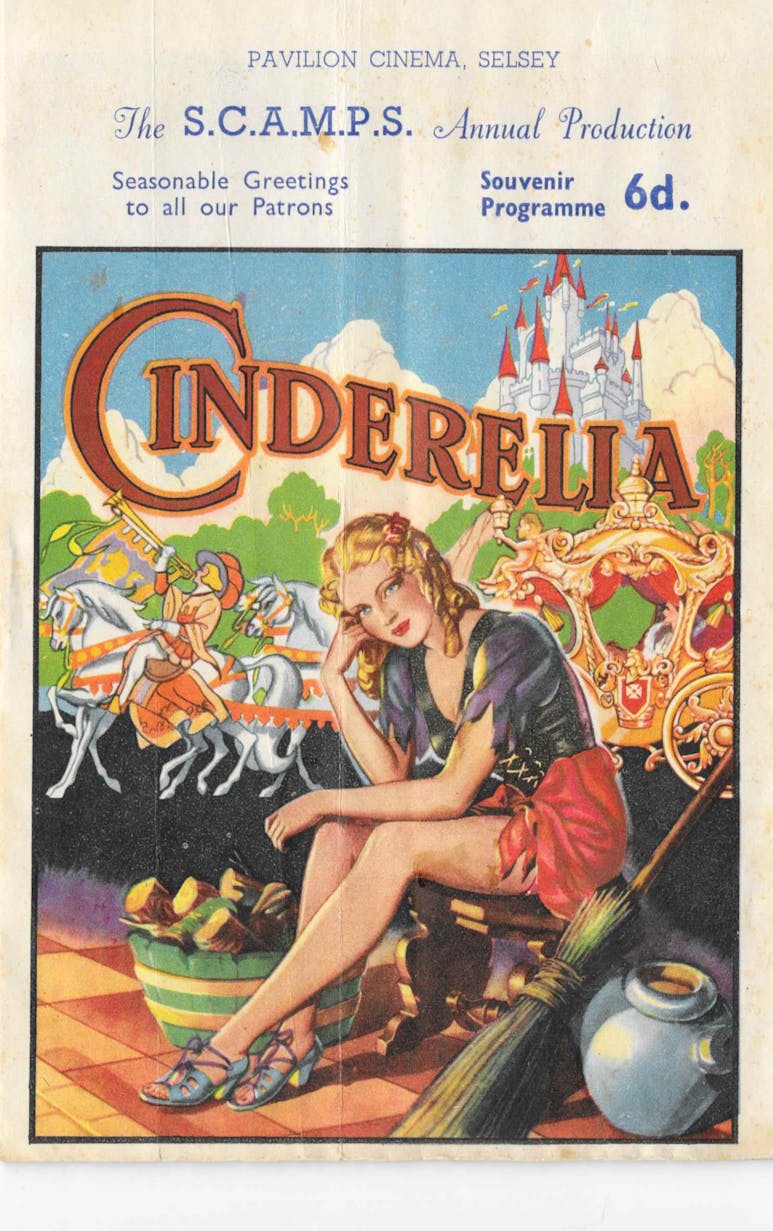
S.C.A.M.P.S Programme for Cinderella, December 1952, reproduced courtesy of Pamela Howard OBE
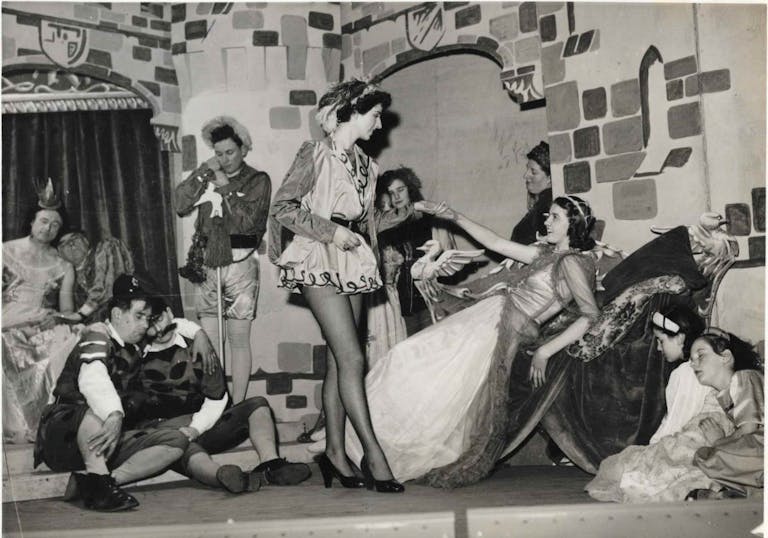
S.C.A.M.P.S Performance of Sleeping Beauty, 1955, reproduced courtesy of Pamela Howard OBE
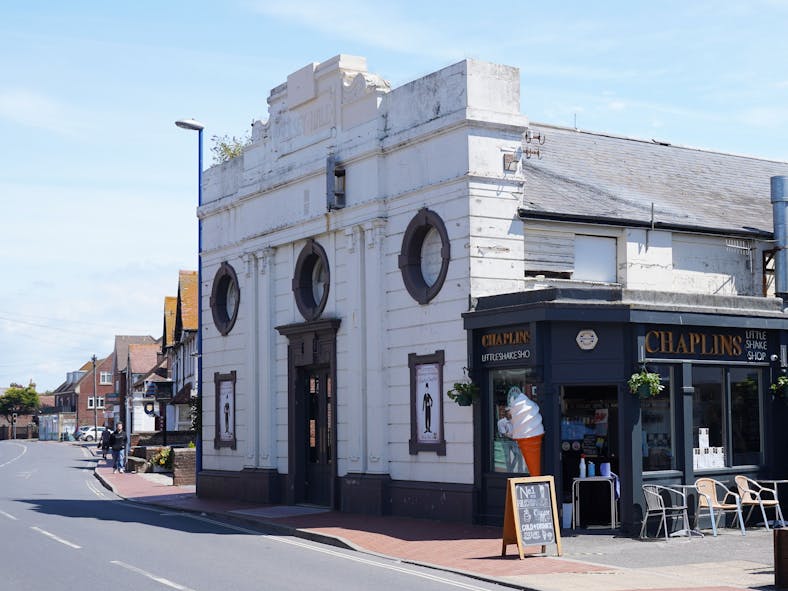
Sadly, with the widespread adoption of television, the full-time cinema closed in 1964, reopening just for summer seasons until 1974, when the building was let to an aviation catering firm for use as a packing facility until their relocation in 2007.

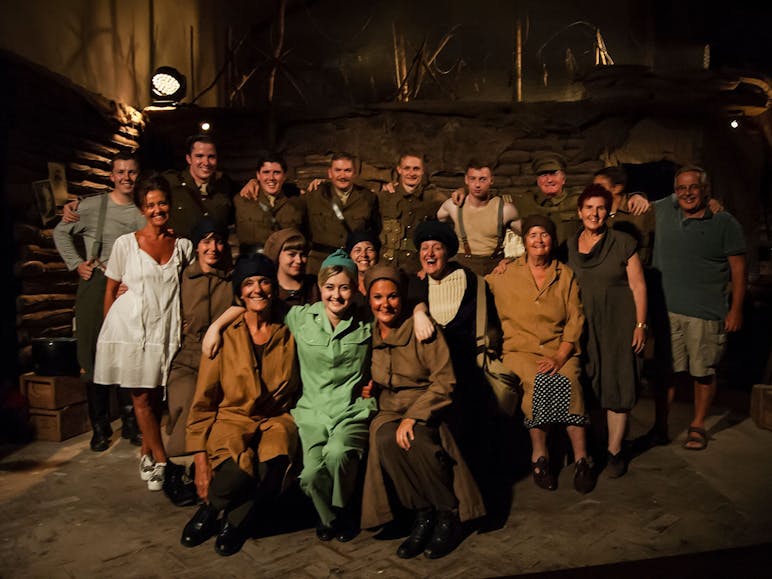
Since then, the Pavilion has hosted Arts Dream Selsey and other local drama groups for several sold-out plays, including a 2014 promenade performance of "The End of the Journey" written by local playwright Gillian Plowman and directed by Professor Pamela Howard OBE to mark the centenary of the First World War. Chaplin's Coffee House, which replaced the original cinema foyer in 2015, offers a glimpse into the Pavilion's illustrious past, backed up by the blue heritage plaque unveiled by Arts Dream Selsey president Ellis Berg in 2017.
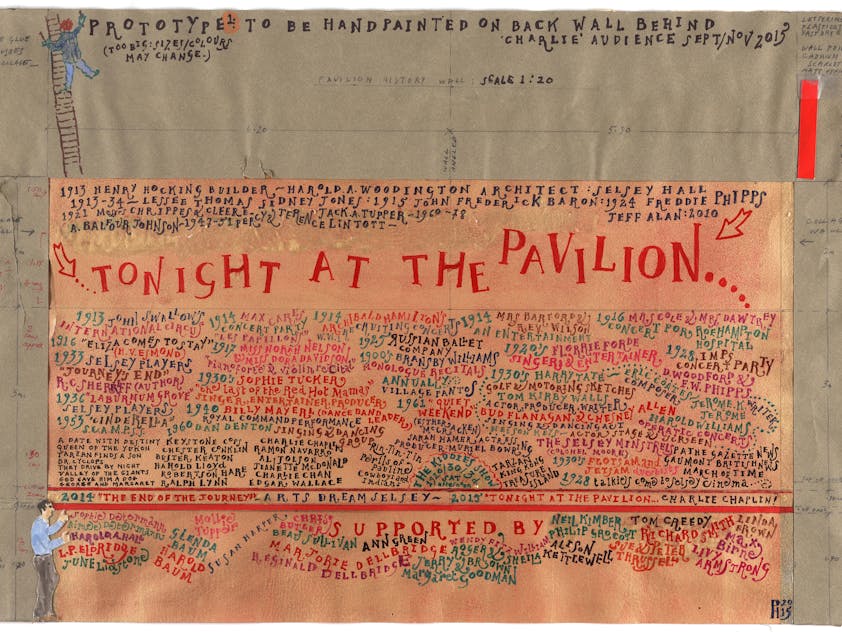
The Selsey Pavilion Trust, a registered charity, has worked to purchase the building so it can be protected and restored for another hundred years. Thanks to a lot of hard work and very generous grants from the Community Ownership Fund, National Lottery Heritage Fund, Garfield Weston Foundation, Architectural Heritage Fund, Selsey Town Council, Swire Trust, and Chichester District Council, the Selsey Pavilion Trust is on course to purchase the building before the end of 2023 – a fitting celebration for the Pavilion's 110th birthday.



